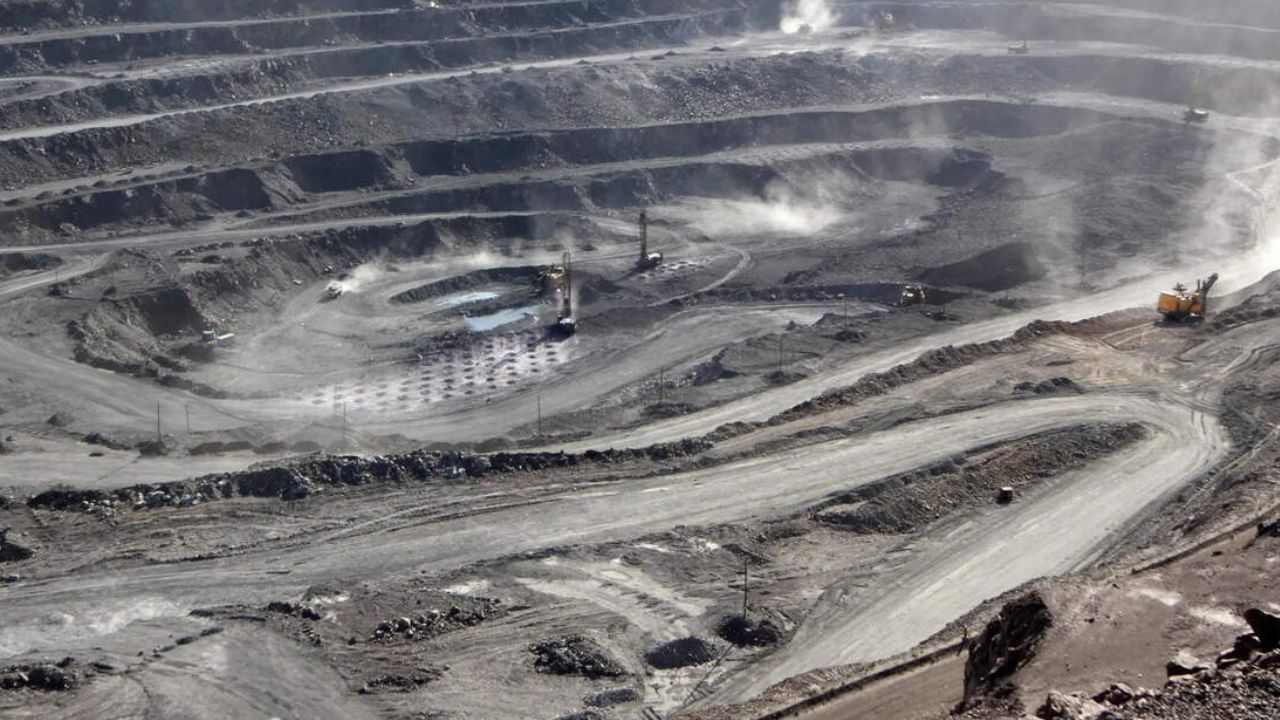This technology exists to make a rare earth magnet, but it is a challenge to make it at a commercially competitive rate, said the Electronics Ministry and IT, Additional Secretary, Amitesh Sinha.
Speaking in favor of the TEC -Shlok program, which shows the research of PSU technology, Sinha said that all three partners of government, industry and educational are working to solve rare earth issues.
Sinha said, “Technology is there, but we have to see how professionally we can do this at a competitive price. So this is the main challenge. The government will definitely work because these things are now becoming strategic and important,” Sinha said.
The Center for Matterial for Electronics Technology (C-MET), a research unit under the mety, signed the transfer of the technology agreement with the Ahmedabad-based firm Somal Magnet for the creation of rare earth’s magnets in the event.
Sinha said that the development of technology has been going on for some years because the government has realized the importance of material technology. “This is an attempt for the past few years. So they (C-Met) have already been working, but suddenly focusing on the content of this rare earth. For such things, you have to develop the ability first that can be easily calculated in times of crisis. However, he said that the mineral is not directly involved in the manufacture of rare earth’s magnets, but only in some of the technologies that are important to their production.
In April 224, China imposed a rigorous export license on rare earth elements such as Terbium and Dysproom-the high-level performance used in consumer electronics for NDFEB (Needium-iron-boron) magnet.
The country’s oldest electronics industry body, Elisina, said the decision has disrupted the global supply chain, which has strictly hitting India’s fast -growing hearing and insertionable area and the device manufacturers are switching to importing a fully integrated speaker module from China.
Elsina estimates that the rare earth-based magnets bills are about 7-7 percent of the bills, and India imports 100 percent of its NDFEB magnet’s requirements, China records 90 percent of the total imports.
The industry organization has said that due to the rigidity of China-root magnet prices and administrative obstacles and alternative sources such as Japan, European Union and the United States, are 2-3 times more expensive and sufficient capacity to meet India’s growing demand.
The rare earth magnet includes neodium-iron-boron (NDFEB). It is used for high-performance automotive applications for power steering motors (in passenger vehicles) for traction motors (two-wheelers and passenger vehicles) and electric vehicles and internal combustion engine vehicles in electric vehicles.
.

